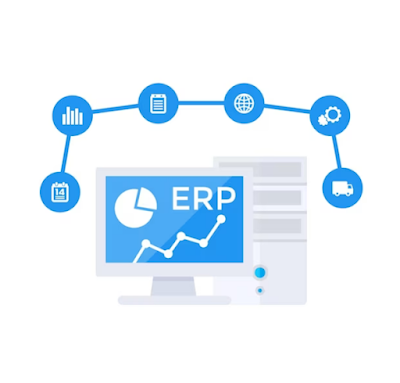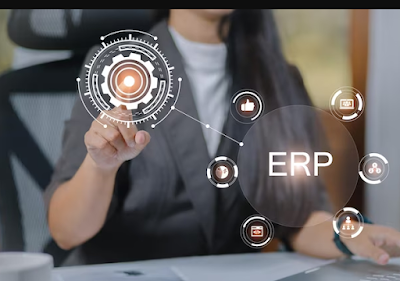Creating software that is accessible for individuals with disabilities
In this blog post, we will discuss the importance of creating accessible software and provide some tips for software developers on how to make their software more accessible.
Why Accessibility Matters
Accessibility refers to the design of products, services, and environments that can be used by people with disabilities. Accessibility is not only about providing access to people with disabilities, but it also ensures that everyone, regardless of their abilities, can use and benefit from software programs. It is important to create accessible software because it can:
Increase the number of potential users: By making software accessible, developers can open up their software to a larger audience, including people with disabilities who may have been excluded before.
Improve the user experience for all users: Many accessibility features, such as larger fonts or high-contrast displays, can benefit all users, not just those with disabilities.
Promote inclusivity: By creating software that is accessible to everyone, developers can promote inclusivity and demonstrate a commitment to diversity and equality.
Tips for Creating Accessible Software
Use proper headings and formatting: Proper headings and formatting can make it easier for screen readers and other assistive technologies to understand the structure and content of a document.
Provide alt text for images: Alt text provides a text-based description of images, which can be read by screen readers and other assistive technologies. Alt text should be descriptive and provide information about the content and purpose of the image.
Ensure color contrast: High contrast between text and background colors can make it easier for people with visual impairments to read text. A contrast ratio of at least 4.5:1 is recommended.
Use descriptive link text: Link text should be descriptive and provide information about the content of the linked page. Avoid using generic link text such as “click here.”
Provide keyboard shortcuts: Keyboard shortcuts can make it easier for people with mobility impairments to navigate a software program. Ensure that keyboard shortcuts are customizable so that users can choose the shortcuts that work best for them.
Use accessible forms: Ensure that forms are accessible by providing proper labels for form fields and using clear instructions. Forms should be easy to navigate and complete using a keyboard.
Test with assistive technologies: Testing with screen readers, magnifiers, and other assistive technologies can help developers identify accessibility issues and make necessary changes.
Conclusion
Creating software that is accessible for individuals with disabilities is essential for promoting inclusivity and ensuring that everyone can benefit from software programs. By following the tips outlined in this blog post, software developers can make their software more accessible and improve the user experience for all users. Remember, accessibility is not only a moral imperative, but it can also benefit your business by expanding your potential user base and demonstrating a commitment to inclusivity and equality.




Comments
Post a Comment